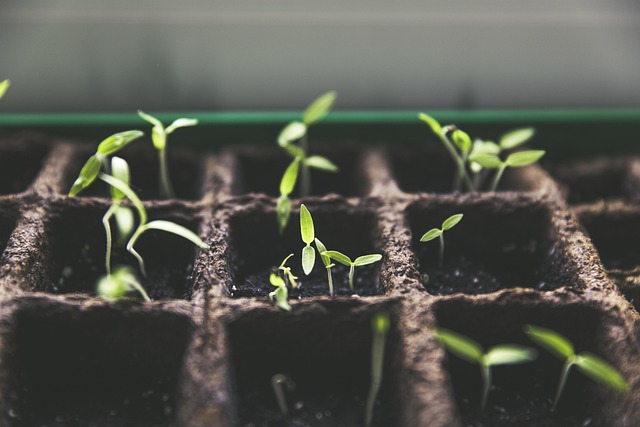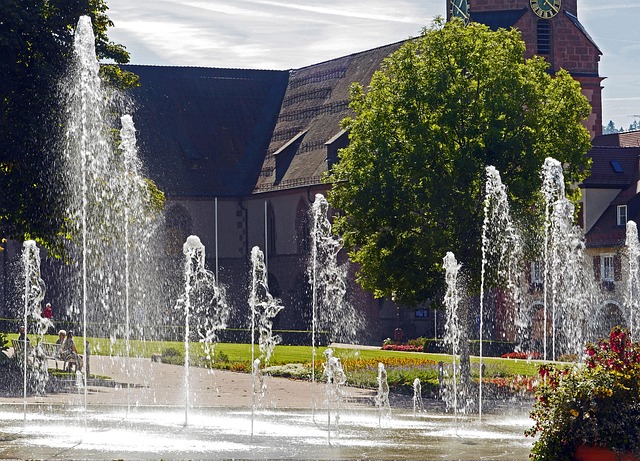In the heart of bustling metropolises, green spaces have become the lungs that support human life and ecological balance. Urban plant cultivation is no longer a fringe hobby; it is an essential practice that transforms concrete and asphalt into thriving habitats for wildlife, improves air quality, and fosters community well‑being. This article explores the principles of creating sustainable green habitats within city gardens, emphasizing environmental stewardship, innovative gardening techniques, and the ecological benefits that arise when plants are nurtured responsibly.
The Rising Importance of Urban Plant Cultivation
As urban populations expand, the pressure on natural ecosystems intensifies. Urban plant cultivation offers a practical solution to mitigate heat islands, sequester carbon, and provide food and habitat in densely built areas. Studies show that a single mature tree can absorb 22 kilograms of CO₂ per year, while rooftop gardens can reduce building energy consumption by up to 30%. The integration of plants into cityscapes also enhances stormwater management, as vegetation intercepts rainfall, slows runoff, and filters pollutants before they reach waterways.
- Carbon sequestration
- Heat island mitigation
- Improved air and water quality
- Enhanced biodiversity
- Community health and recreation
Designing Green Habitats in Limited Urban Spaces
Creating a green habitat in an urban context requires thoughtful design that balances aesthetic appeal with ecological function. A successful design starts with a site assessment: evaluating sunlight exposure, wind patterns, soil type, and existing infrastructure. From there, planners choose plant assemblages that complement the local climate and support native pollinators. Incorporating vertical gardens, living walls, and pocket parks can maximize green cover without demanding large footprints.
“Designing a green habitat is less about filling space and more about nurturing an ecosystem that can thrive in an urban environment.” – Urban Ecologist
Plant Selection: Native Species and Functional Diversity
Choosing the right species is pivotal to urban plant cultivation success. Native plants are adapted to local conditions, require fewer resources, and provide critical food and shelter for indigenous fauna. Moreover, functional diversity—mixing trees, shrubs, herbaceous perennials, and groundcovers—creates layered habitats that support a wide array of species, from pollinators to birds.
Key considerations include:
- Water requirements: drought‑tolerant species reduce irrigation demands.
- Root systems: shallow roots minimize soil disturbance, while deep roots enhance soil structure.
- Phenology: selecting plants with staggered blooming times extends food availability for insects.
- Growth habit: compact species suit small urban plots, whereas taller trees can serve as windbreaks.
Soil and Water Management in City Gardens
Urban soils often suffer from compaction, contamination, and nutrient depletion. Effective cultivation starts with soil testing, followed by amendments such as compost, biochar, and mulch to restore structure and fertility. Layered mulching also conserves moisture and suppresses weeds.
Water management strategies include:
- Rain barrels to capture runoff for irrigation.
- Permeable paving to allow infiltration.
- Drip irrigation systems that reduce evaporation.
- Native grass replacements that require minimal watering.
Enhancing Biodiversity: The Role of Pollinators and Native Fauna
Urban plant cultivation can reverse the decline of pollinator populations. By planting nectar‑rich species, creating nesting habitats, and reducing pesticide use, city gardens become havens for bees, butterflies, and birds. These organisms not only pollinate the plants themselves but also serve as indicators of ecosystem health.
Practical actions include:
- Installing bee hotels and bat boxes.
- Leaving gaps in the ground to allow earthworm activity.
- Providing water features that also attract amphibians.
- Choosing native plants that host multiple life stages of insects.
Community Engagement and Education
Successful green habitats thrive when communities are involved. Educational workshops, volunteer planting days, and citizen science projects cultivate stewardship and knowledge sharing. Schools can use gardens as living laboratories, teaching students about plant biology, ecology, and sustainability.
“When people see the tangible benefits of plants—clean air, shade, and food—they become active participants in their own green future.” – Urban Planner
Policy, Incentives, and Urban Planning Frameworks
Governments play a crucial role in fostering urban plant cultivation. Incentive programs, such as tax rebates for green roofs, grants for community gardens, and zoning allowances for green corridors, lower financial barriers. Additionally, city planning guidelines can mandate green infrastructure in new developments, ensuring that ecological considerations are baked into urban growth.
Key policy tools include:
- Green certification standards for buildings.
- Urban forestry programs that track canopy cover.
- Stormwater management ordinances that require vegetated buffers.
- Public-private partnerships that fund habitat restoration projects.
Emerging Trends in Urban Plant Cultivation
Technological innovation is reshaping how we cultivate plants in cities. Smart irrigation systems use soil moisture sensors to deliver water precisely when needed, while mobile apps help residents track garden health and share best practices. Bioengineered plants with enhanced carbon capture or pest resistance are also under investigation, promising to push the boundaries of what urban vegetation can achieve.
Looking ahead, integration of vertical farms, aquaponics, and edible landscaping will blend food production with habitat creation, offering multifunctional benefits to city dwellers.
Conclusion: Building Resilient Urban Ecosystems
Urban plant cultivation is more than a decorative endeavor; it is a strategic approach to building resilient, sustainable cities. By thoughtfully designing green habitats, selecting native species, managing soils and water, and engaging communities, we create ecosystems that support biodiversity, mitigate climate impacts, and enhance human well‑being. The cumulative effect of many small gardens, rooftops, and pocket parks is a network of living infrastructure that thrives amid the urban sprawl, proving that even the most concrete landscapes can breathe and flourish.




